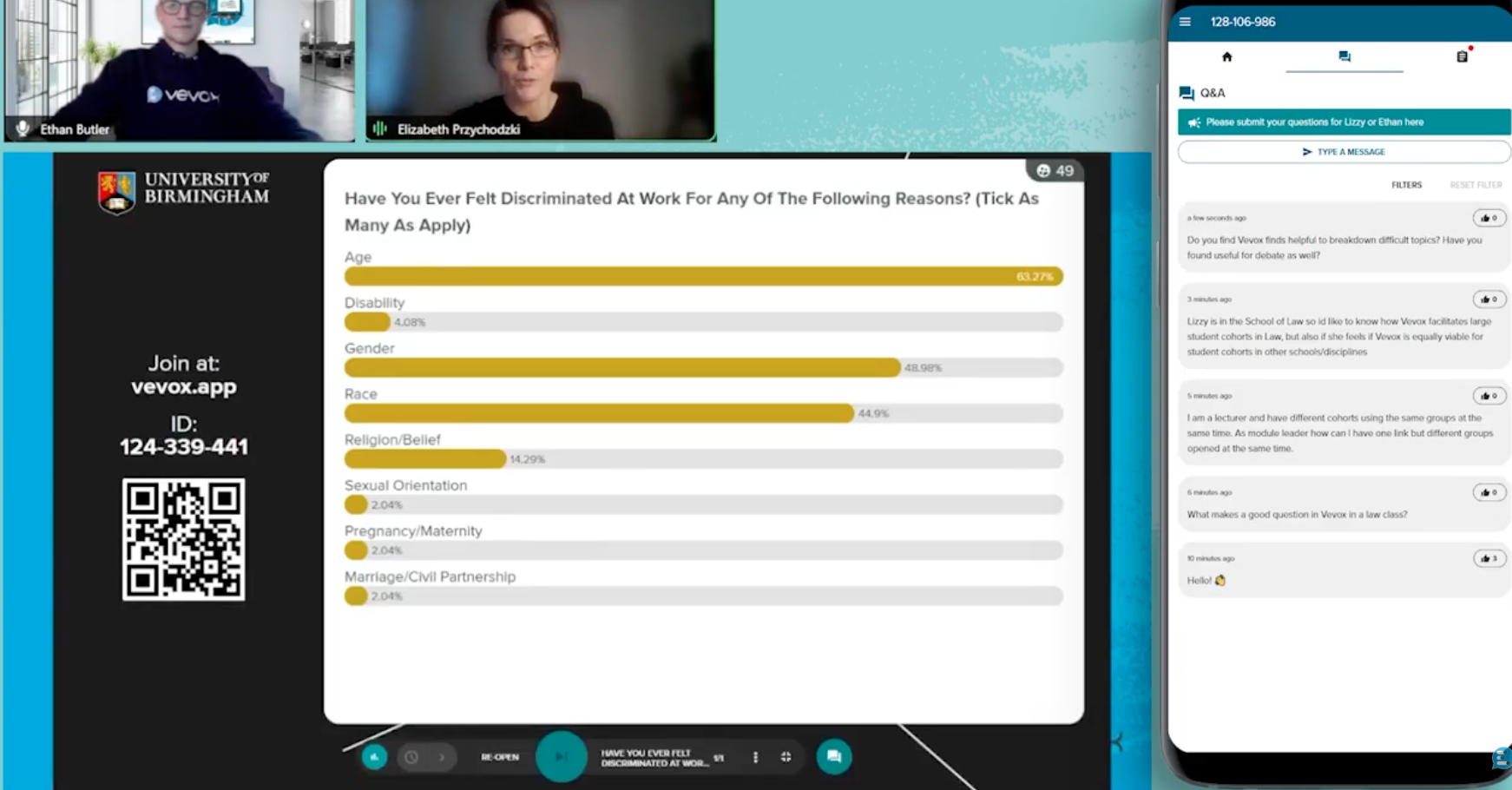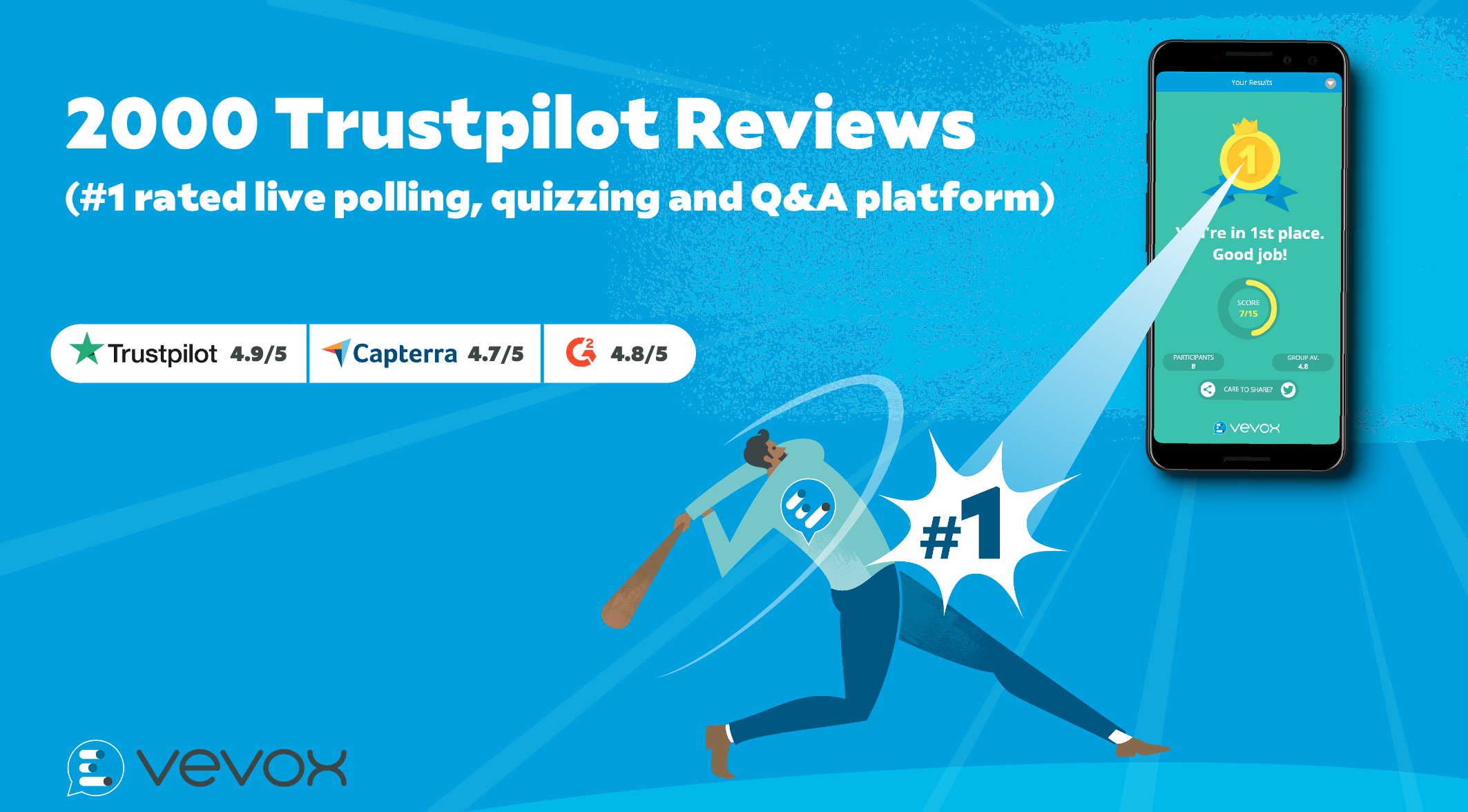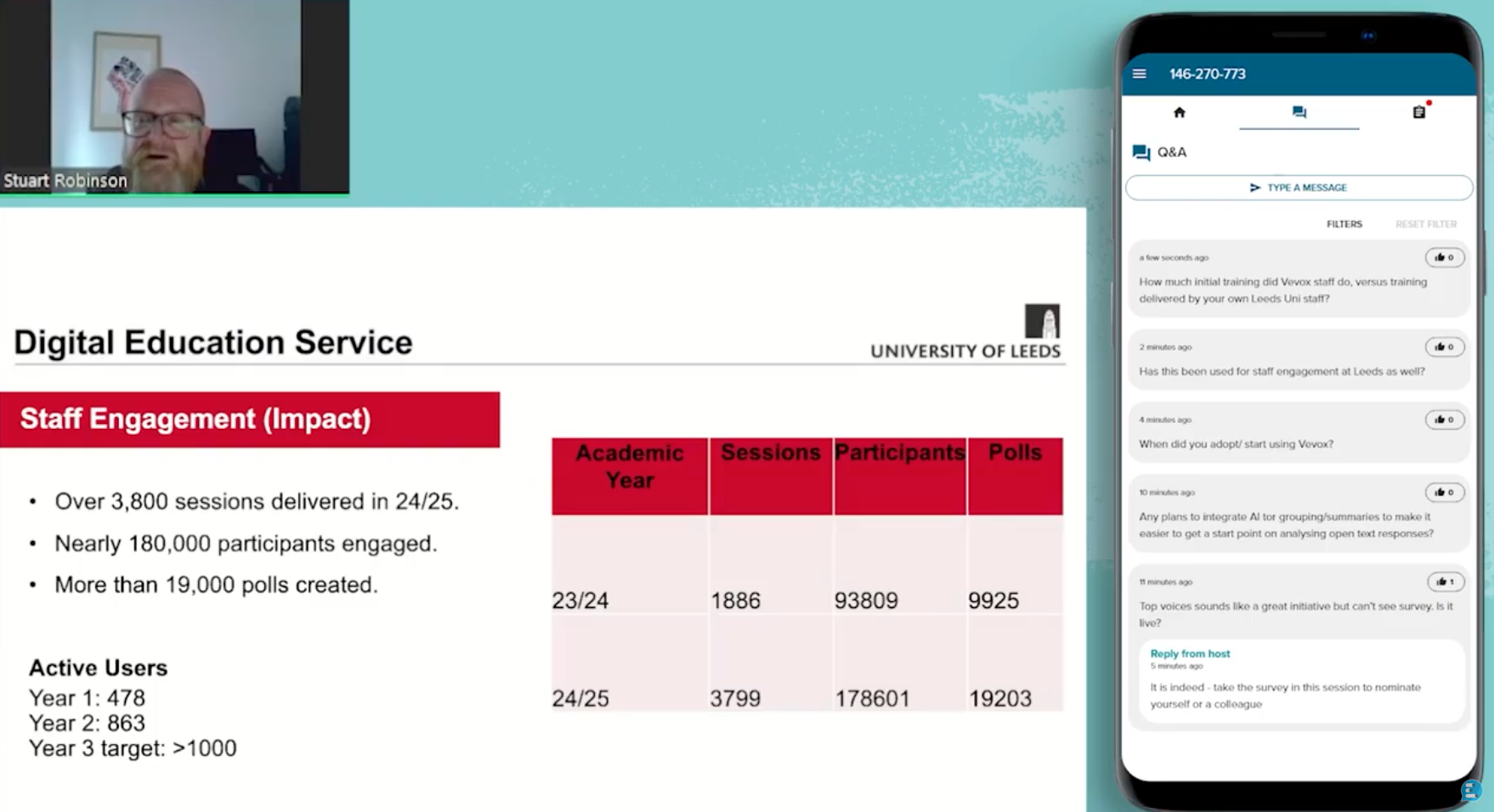Securing leadership buy-in for a communication tool can be a challenge for many internal communication and HR teams. When gathering feedback at numerous internal comms and HR events we’ve partnered with, getting buy-in has been cited as a key challenge amongst many others such as lack of time, firefighting issues and coming up with creative and effective internal communications campaigns.
Securing buy-in from your leadership team is crucial for many reasons, one of the main reasons being that you need their approval to sign off the budget for your chosen tool, in which case your leaders need to be part of the process and onboard from the get-go. But it’s not just the budget approval that is important. Even after you’ve purchased the tool, leaders also have an influence on employees and can be vital in encouraging them to adopt the tool. Resistance from the leadership team can seriously hamper your efforts and impact the success of how the tool is utilized and perceived.
Engagement and communication apps are on the rise as they can be highly effective in increasing employee engagement, workplace inclusivity, transparency and productivity. With this in mind, we have come up with 5 crucial steps that you can put into practice to gain leadership buy-in for your chosen communications app.
Tip 1 – Get in sync
The first step for achieving leadership buy-in for your comms tool is to ensure that their priorities are in sync with your plans for using the comms tool. Set the expectations straightaway and explain your vision for how the tool can add value to the organization and its employees.
Get confirmation that they understand why the tool is needed and the importance of them being on board with the new tool. Laying this groundwork, helps to validate your case and helps leaders to understand the rationale. This way you are definitely starting off on the right foot.
Tip 2 – State the evidence
Leaders are naturally risk averse and need to see the value in making changes or using new tools, especially when it comes at a cost. Presenting the evidence for how the tool will be beneficial to the company and why you have chosen a specific supplier can help to cover off any concerns around the efficacy of a tool.
As stated in the article “The Right Way to Present Your Business Case” published by the Harvard Business Review, effective communication is key to gaining traction and agreement. There are six simple steps that they have given as being key to presenting a business case which are:
- Crafting an emotional and persuasive pitch,
- Leading with the need,
- Address any concerns,
- Find the right medium for your message (be that video, verbal, data graphs),
- Make sure it connects to your audience
- Have an elevator pitch prepared in case you only have a short amount of time to present
Some examples of evidence that can be used for your proposition can include:
- Relevant case studies and other customer examples of how they have benefitted from the comms tool.
- Customer reviews and ratings.
- Statistics and data representing the value.
- Short summary or video to show how it works and the benefits.
- Who else is using the tool? Showing credible, happy customers in a similar sector.
All of these are proof points that can help you to validate your case without needing to sugarcoat your proposition for the communication tool.
Tip 3 – Cost & Benefits
Ensure you have all the information you need to present your case, this includes any costs or quotes that you need from suppliers. As previously mentioned in this blog leaders often want to see the value and rewards in using a particular tool. These rewards could include an increase in workforce productivity, employee engagement, more motivated and happier workforce and higher company net earnings. be sure to only use relevant and focused points that communicate the rewards and how the tool is a worthy investment. Remember, sometimes less is more!
Tip 4 – Timing is everything
One important consideration when introducing a new comms tool is to think about the timing. It’s always best to start your communication early with decision makers, not only so that they feel involved in the process but also so they aware of any plans before you’ve gone too far down the line with any researching, testing and evaluating of a tool.
Practically speaking, be tactical about the timing of this project, as choosing to do it when your decision maker is very busy with other commitments will make it hard to get them actively onboard and engaged when their short on time. Set a timeline detailing how long you think it will take to research, test and implement your comms tool and allow time for familiarization. Schedule regular dates to review the progress of the project, so you can keep on track and keep everyone in the loop. Factor holidays into your planning so you know if there will be any blockers to the process including staff absences that might be critical.
Tip 5 – Be open to feedback
This is crucial as it allows you to understand what your leaders are thinking and to establish if there is anything that would be a potential obstacle to buy-in. It’s always best to take the direct approach and answer questions from your decision makers and handle any objections early in order to win them over. Work with the supplier of the technology to make sure you have all the information you need to answer any queries your leaders may have. Asking for the decision makers input ahead of time gives you chance to have another pair of eyes on your plans and offer a different perspective, which may prove invaluable to the overall success of your initiative. This approach also gets your leadership team more invested in the project if they feel they have contributed in some way or another.
Bonus tip – Think about other stakeholders
The obvious decision makers are important to securing buy-in, but other stakeholders can have an influence on how the tool is perceived and adopted. Why not download our adoption guide to learn about the practical steps to increase the adoption of a comms tool in your organisation.
We’ve identified four key stakeholders that might be part of the adoption process for a comms app like Vevox (Please note: some roles might overlap or vary depending on your organisation).
- The budget holders - this could be a direct manager, department leader or whoever needs to approve the budget for the technology.
- Presenters, leaders & CEOs – delivering the presentation and will answer any questions from the Q&A or polls.
- Admins/organizers - responsible for running the technology and communications.
- Participants – employees/participants that will vote on polls and take part in Q&As.
Make sure your communications about your roll out plans are personalised and relevant to each stakeholder group when encouraging app adoption. Utilising tactics for each stakeholder group as mentioned in this guide increases the likelihood of uptake and a positive outcome.
We hope these tips have been useful to convince your leadership to get onboard with your new comms tool. If you have any additional learnings from the process of securing buy-in, please feel free to share them with us.





